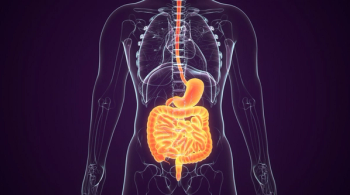
Shaji Kumar, MD, Discusses 5-Year Overall Survival Data for MM Daratumumab Combo in the MAIA Study
At EHA 2021, Shaji Kumar, MD, reflects on the significance of 5-year data from the MAIA study of daratumumab plus lenalidomide/dexamethasone in patients with newly diagnosed multiple myeloma.
CancerNetwork® sat down with Shaji Kumar, MD, from the Mayo Clinic at the 2021 European Hematology Association (EHA) Congress to talk about overall survival for patients with transplant-ineligible newly diagnosed multiple myeloma who were treated with daratumumab (Darzalex) plus lenalidomide (Revlimid) and dexamethasone compared with lenalidomide and dexamethasone alone in the phase 3 MAIA trial (NCT02252172). At 5 years of follow-up, there was a significant reduction in the risk of death for patients taking both drug combinations.
Transcript:
This the first time that we have seen a difference in overall survival reported on this study. Obviously, with overall survival, we had to wait for much more mature data. With the current follow-up, what we see is that the 5-year overall survival [rates] for the daratumumab plus lenalidomide and dexamethasone was 66% compared with 53% for the lenalidomide and dexamethasone, which is, again, a significant improvement, or a 30% to 32% reduction in the risk of death when you use a 3-drug combination compared to the 2-drug combination.
Reference
Theirry F, Kumar S, Torben P, et al. Overall survival results with daratumumab, Lenalidomide, and dexamethasone versus lenalidomide and dexamethasone in transplant-ineligible newly diagnosed multiple myeloma: phase 3 MAIA study. Presented at: 2021 European Hematology Association Annual Meeting; June 9-17, 2021; Virtual; Abstract LB1901. Accessed June 29, 2021. https://bit.ly/3hmf7l9
Newsletter
Stay up to date on recent advances in the multidisciplinary approach to cancer.

















































































